Alexander the Great
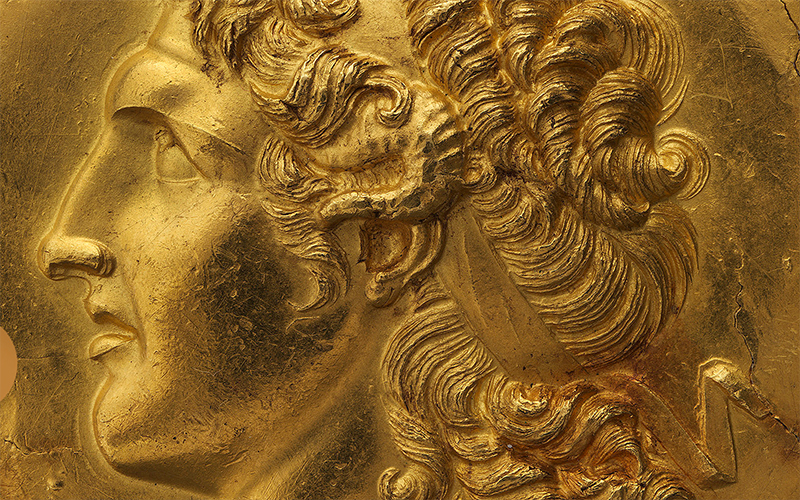
Alexander III of Macedon (356–323 BC), better known as Alexander the Great, ruled the Ancient Greek Kingdom of Macedon, succeeding his father, Philip II. During his reign he created a vast empire, which stretched from Greece to Egypt and encompassed part of India.
A student of Aristotle, he ascended the throne at the age of 20, following his father’s assassination. His reign was marked by numerous conquests and battles, in which he was never defeated, even when his armies were smaller in number, contributing to his famous epithet ‘the Great’. It culminated with his death in Babylon, at only 32 years old.
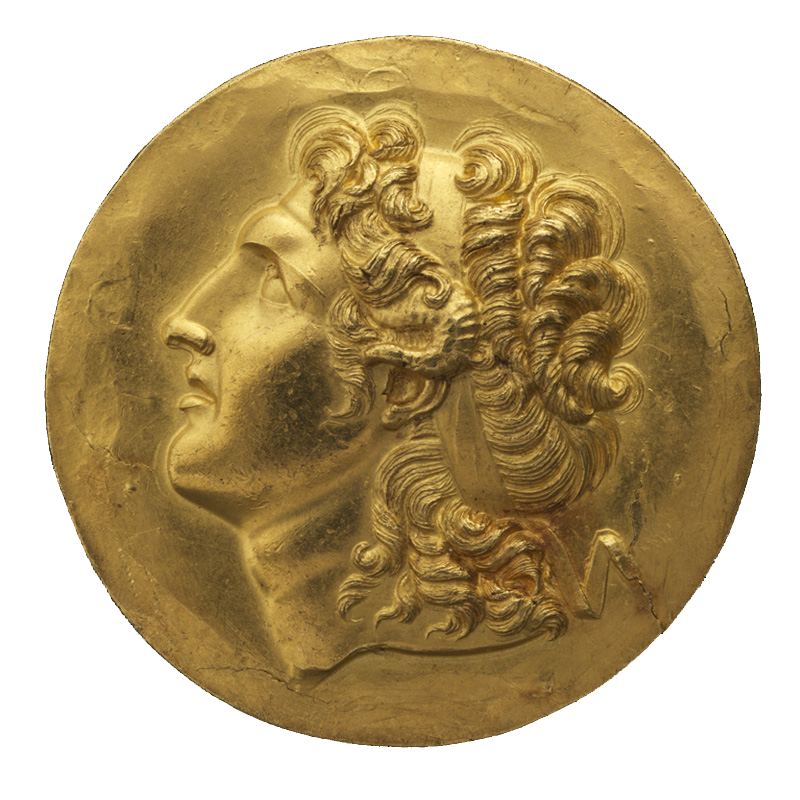
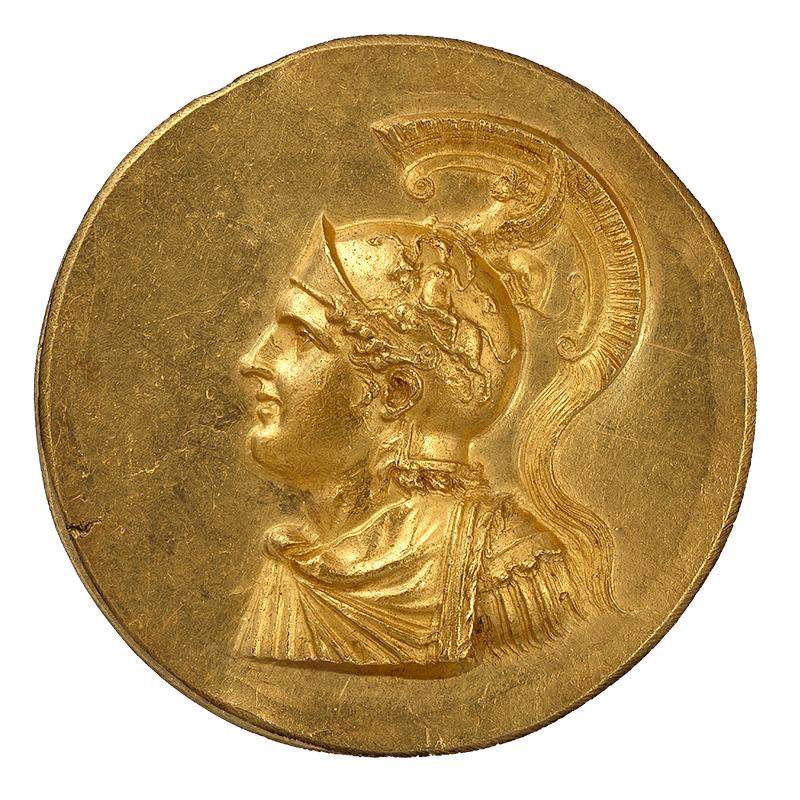
Alexander founded, re-established and gave his name to various towns and cities in the present-day territories of Bulgaria, Turkey, India, Afghanistan, Pakistan, Turkmenistan, Uzbekistan, Iran, Tajikistan, the Gulf of Persia and Syria. However, the most famous of these is probably the city of Alexandria, the second largest in Egypt and, at the time, an important centre of Hellenistic civilisation, eventually earning the title of the biggest city of the ancient world, before it was surpassed by Rome.
Alexander the Great has marked erudite and popular culture from his time until today. He has been portrayed in sculptures, paintings, mosaics, medallions and coins and his achievements have influenced various cultures. The King is referred to in numerous poems and books and there are those who believe that he is the figure Dhu al-Qarnayn, mentioned in the Quran. More recently, Alexander has inspired films and even music.
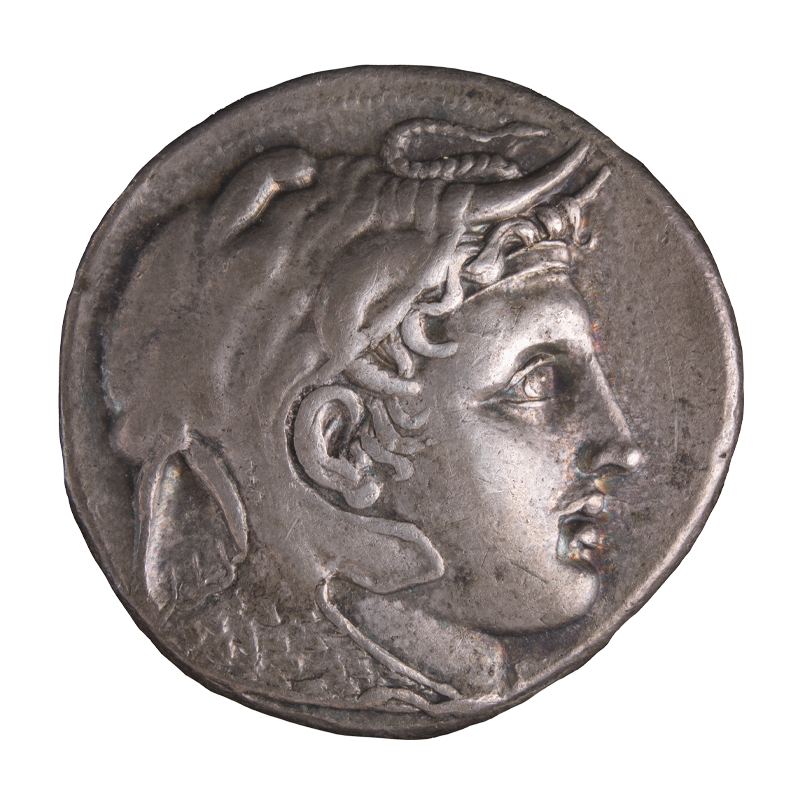
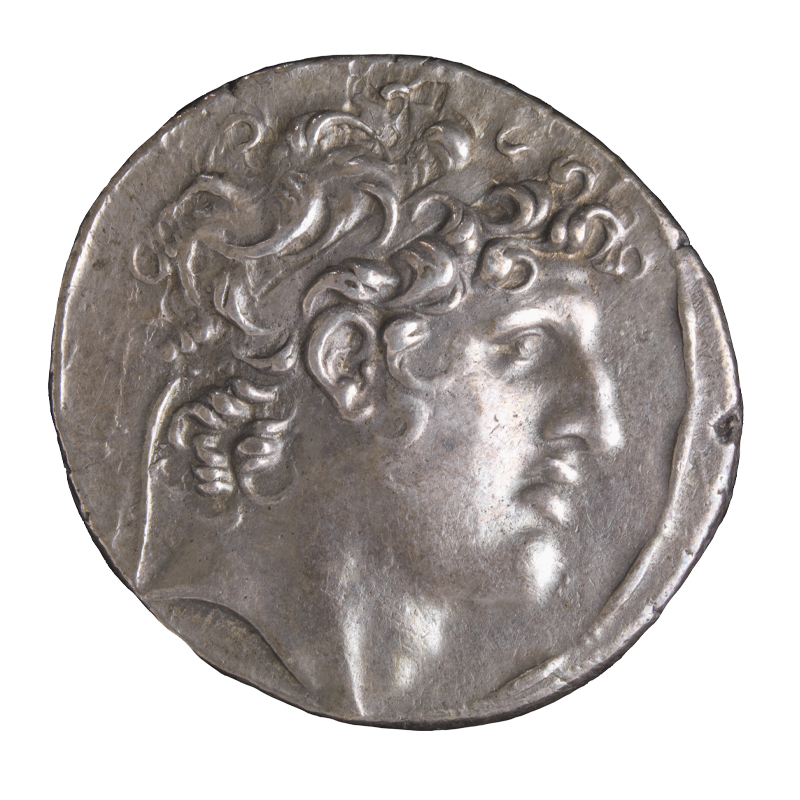
In 1949, Gulbenkian purchased 11 medallions from a set of 20 found in Abu Qir, in Egypt. Seven of them depicted Alexander the Great and two portrayed his mother Olympias. In addition to these medallions, Gulbenkian also acquired various coins with the King’s portrait and his collection of gems contains pieces whose figures resemble Alexander, although there are no similar compositions with which to corroborate this hypothesis.
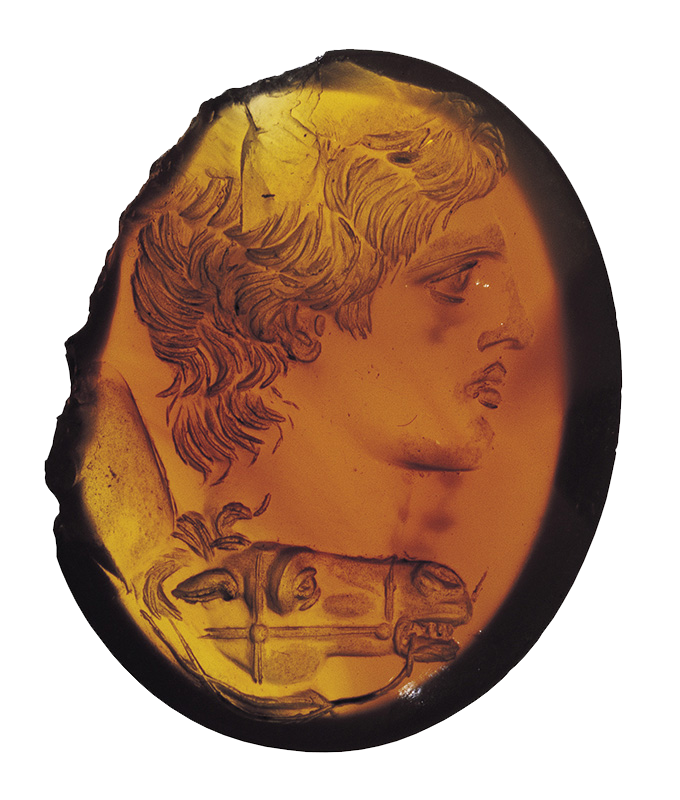
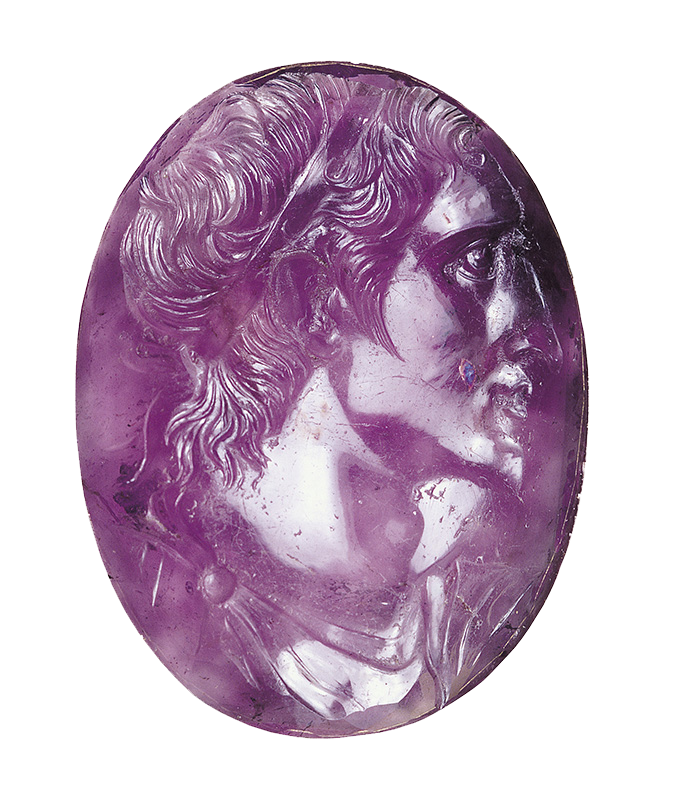
A Collection of Stories
On a weekly basis, we shared a story around Calouste Gulbenkian’s collection. This section was created in 2020, which is why the articles refer to the Calouste Gulbenkian Museum collection as the Founder’s Collection.
Other stories